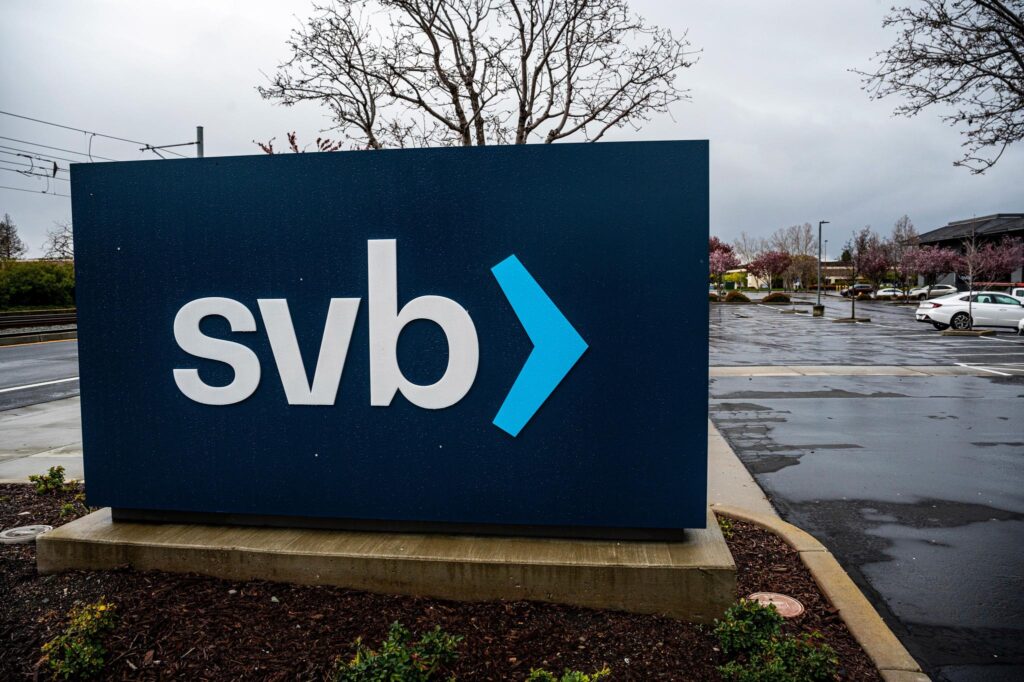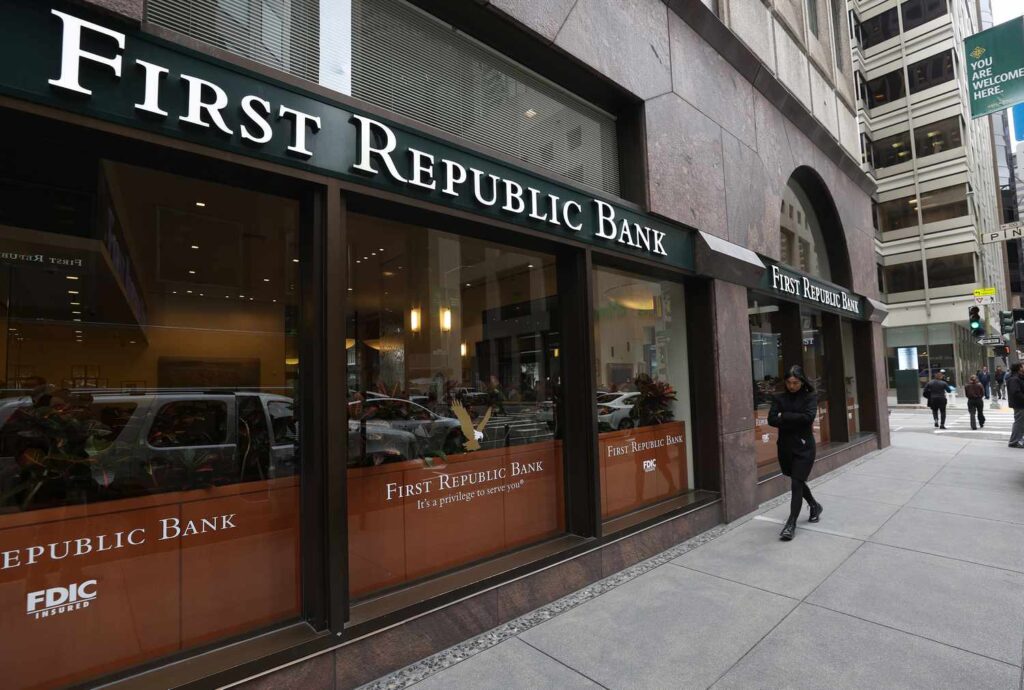Well, apart from the fact that one is already bust and the other isn’t yet? Or even, what’s the difference between First Republic Bank (NYSE: FRC) and Silicon Valley Bank (NASDAQ: SIVB) given that one went bust and the other hasn’t yet? If we can work that out, why one is bust and the other isn’t – for two apparently rather similar West Coast/ San Francisco banks – then we might have a measurement, a metric, which tells us something about all the other american mid-level banks.

First Republic might be illiquid, Silicon Valley was insolvent
And we do have such a metric. The important difference is between a bank being insolvent and illiquid. Insolvent means it has lost all its capital, that it owes more than it has. This is bust by any corporate standard. SIVB was insolvent. A bank – just because we deposit money for shorter periods of time than people borrow it for – can also be illiquid. If we all turn up and demand our money now, as we can do, then they can;t get it all back from the loans. They run out of money to pay us that is. They’re also bust but for a different reason. Their loans are, over time, worth more than what they’ve got to pay back. They’re not insolvent, they’re just illiquid.
They left their wallet at home sorta thing but they’re good for the money in time.
There’s also an intermediate problem, the one SIVB suffered from. Some part of a bank’s loans will actually be in bonds and other instruments that can themselves be traded. How we account for those matters. There’s the “available for sale” portfolio and this is valued at whatever is can be sold for on the balance sheet date. That’s fine, doesn’t concern us here. But there’s also the “Hold to Maturity” part which is valued at cost.
That’s also fine, except if we all demand our money back now. Then that HTM portfolio must be sold at market prices. So, any losses that are buried in there become obvious and possibly the bank will have lost all its capital. Which is – to an acceptable level of detail – what happened to Silicon Valley. But also what isn’t happening to First Republic. They’re just illiquid.

The importance of the 10 Q
So, how do we work this out? We go and read the 10 Q report (page 41 for that First Republic one). Losses on the HTM portfolio are shown there, also likely losses given stressed changes in market prices. There’s enough capital there to cover any likely losses on a forced sale of that portfolio. The other way of putting this is that First Republic didn’t buy lots of long dated bonds just before interest rates rose – like Silicon Valley did.
We can also backcheck this. There’s the “rescue” deal for First Republic that’s just been announced. The important thing about this is that there’s no new capital. There are new deposits – more liquidity – but no new capital. So, the nation’s largest banks (JP Morgan Chase, Bank of America, Citigroup and so on) have all looked at the accounts of First Republic and agreed. They are illiquid, not insolvent. They only need more liquidity, they do not need more capital. This is, as we know, something they didn’t do for Silicon Valley Bank. On the grounds that it wasn’t true. SIVB needed more capital – it was insolvent, not illiquid.
Central banks and Credit Suisse work exactly the same way
This metric also works with other banks in other jurisdictions. Credit Suisse is borrowing $50 billion and change from the Swiss National Bank (the central bank there). But before it can do that the SNB will check that CS is merely illiquid and not insolvent. If it’s insolvent it gets closed like Signature of Silicon Valley. The very fact that it is getting central bank support is, like with First Republic’s support from the New York banks, proof that it is only illiquid, not insolvent.
How to trade US banking stocks
The current banking investment game is therefore to work out who would merely be illiquid and not insolvent if they were to suffer a bank run. That information is in those 10 Qs. Therefore the game is to go read those 10 Qs. There are varied estimates of there being $300 billion to $1 trillion in those Hold to Maturity losses on American bank balance sheets. They only get crystallised if there is a run. So, read those 10 Qs and work out who would survive. Survive by being offered liquidity support if there was a run. The obvious metric being those who wouldn’t lose all their capital if those losses on the HTM portfolio were crystallised.
Yes, this does sound like a bit of work. But it’s also what every bank stock analyst in America is doing right now. Because that’s the determinant of which banking stocks might go to zero – dependent upon a run – and which might not. That’s therefore the job to be done to work out how to trade US bank stocks right now.